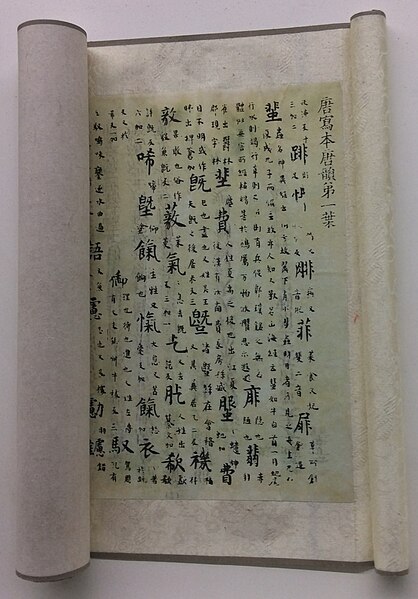The culture of Hong Kong is primarily a mix of Chinese and Western influences, stemming from Lingnan Cantonese roots and later fusing with British culture due to British colonialism. As an international financial center dubbed "Asia's World City", contemporary Hong Kong has also absorbed many international influences from around the world. Moreover, Hong Kong also has indigenous people and ethnic minorities from South and Southeast Asia, whose cultures all play integral parts in modern-day Hong Kong culture. As a result, after the 1997 transfer of sovereignty to the People's Republic of China, Hong Kong has continued to develop a unique identity under the rubric of One Country, Two Systems.
A political advertisement written in Cantonese
Happy Valley apartment blocks
A Mazu temple in Shek Pai Wan; It clearly shows traits of classical Lingnan style - pale colour, rectangular structures, use of reliefs, among others.
Tsang Tai Uk in Shatin; It is also a distinctively Lingnan (Cantonese) building, being a wok yi uk.
Cantonese is a language within the Chinese (Sinitic) branch of the Sino-Tibetan languages originating from the city of Guangzhou and its surrounding Pearl River Delta. It is the traditional prestige variety of the Yue Chinese group, which has over 82.4 million native speakers. While the term Cantonese specifically refers to the prestige variety, it is often used to refer to the entire Yue subgroup of Chinese, including related but partially mutually intelligible varieties like Taishanese.
Chinese dictionary from the Tang dynasty. Modern Cantonese pronunciation preserves almost all terminal consonants (-m, -n, -ng, -p, -t, -k) from Middle Chinese.
Street in Chinatown, San Francisco. Cantonese has traditionally been the dominant Chinese variant among Chinese populations in the Western world.






